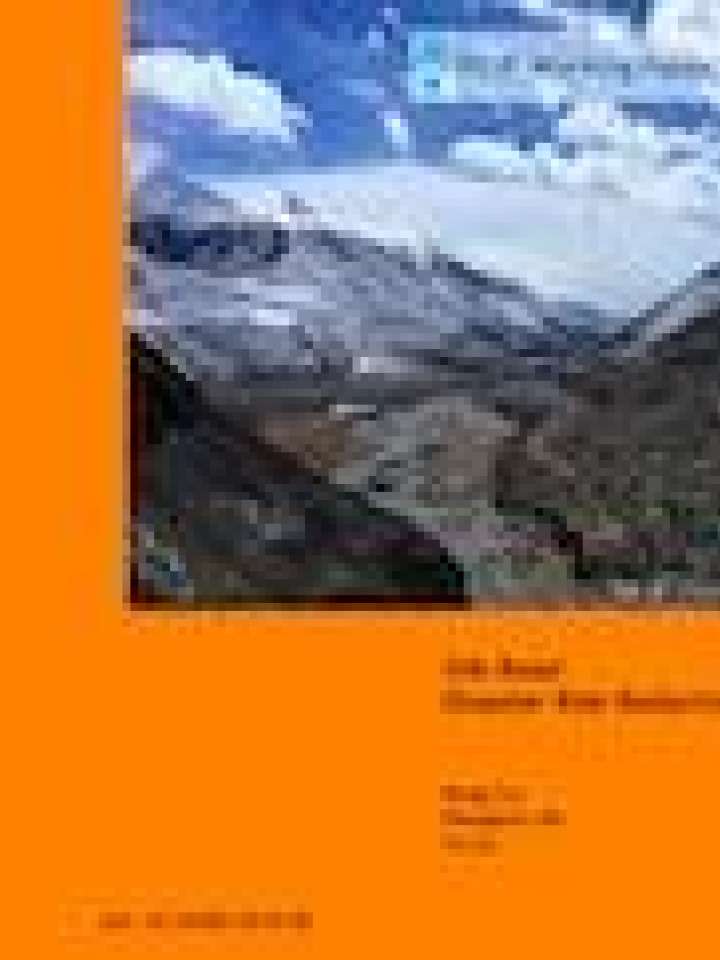Silk Road disaster risk reduction
The Silk Road, starting from the ancient Chinese capital city, has been an ancient trade and cultural exchange route between China and the west and the south for more than two thousand years. It connects over 70 counties and covers an enormous region, but with a complex natural hazards situation. Further, many countries in this area are less developed and are facing many challenges in disaster risk reduction and management. There is an urgent need for a platform for sharing DRR knowledge and experiences, and for enhancing international cooperation on disaster risk reduction, directly targeting the priority actions under the Sendai Framework.
A solid response was put forward by establishing an international program for the regional actions on disaster risk reduction: SiDRR (Silk Road Disaster Risk Reduction). SiDRR was designed and implemented in 2016 as an international science and technology research program dealing with natural hazards and sustainable development for countries along the Silk Road.
The main target of SiDRR is to establish a platform for both researchers and policy-makers working together to search actionable policies for disaster risk research and reduction. This working paper describes SiDRR regional actions and the deliverables for disasters. It also identifies the challenges and opportunities for the Silk Road. With the efforts from SiDRR, the future of a safer and more resilient Silk Road can be envisaged.
Explore further
